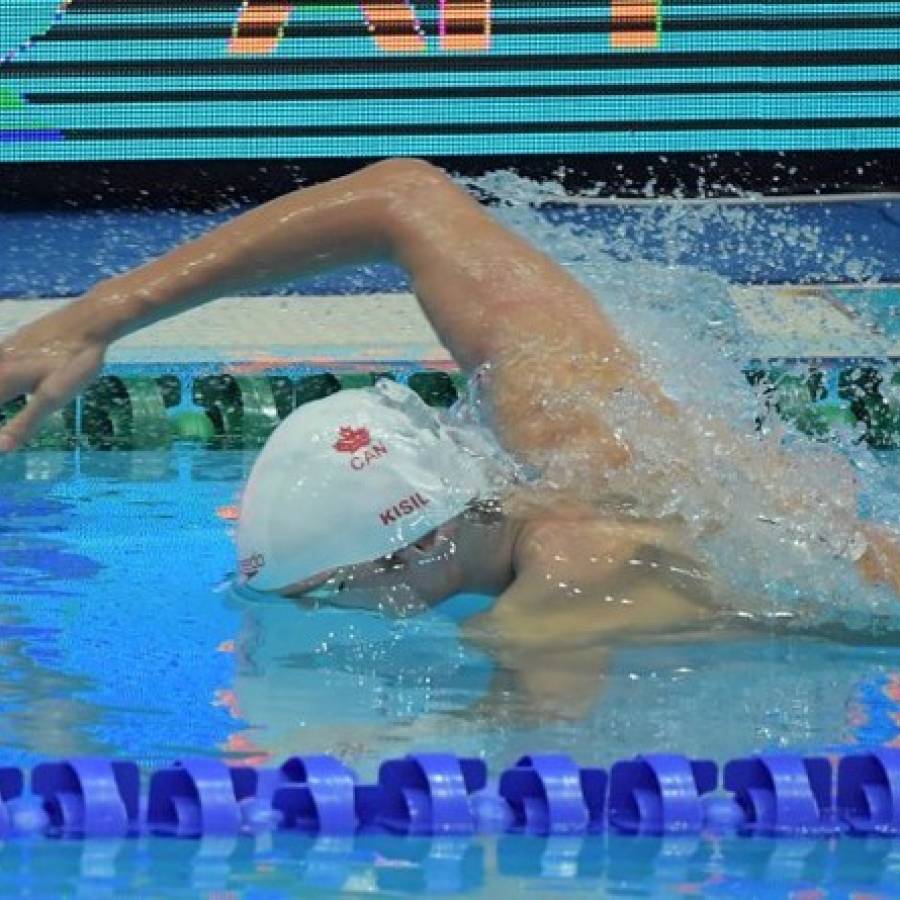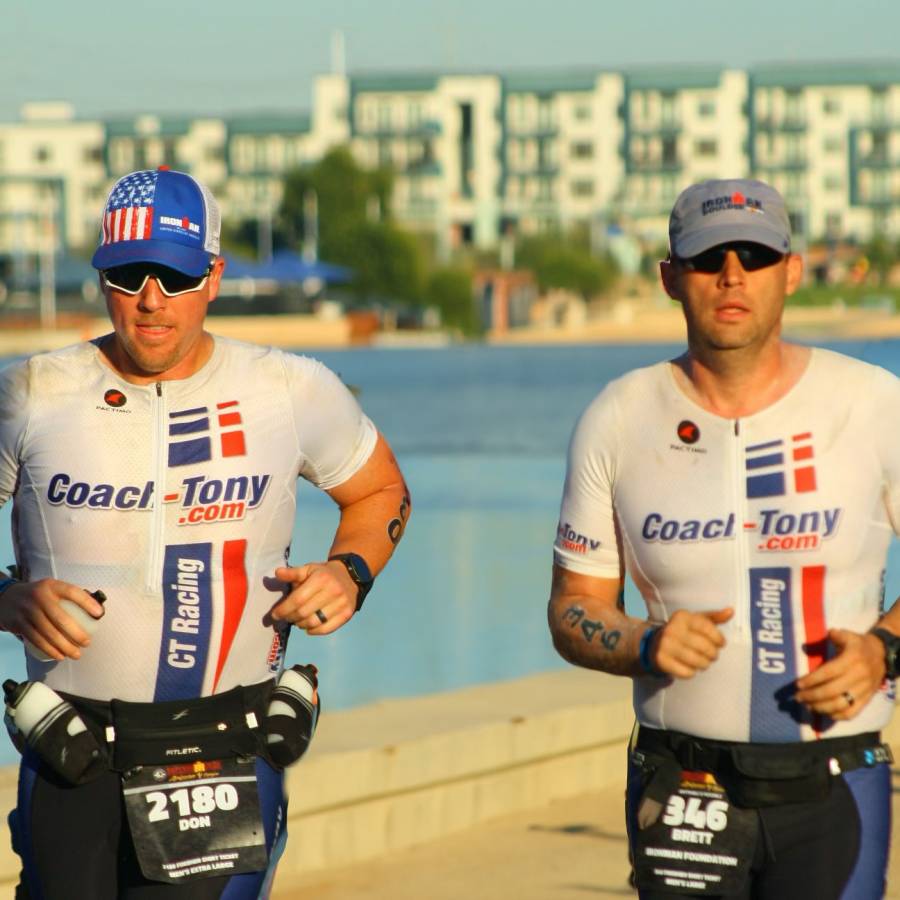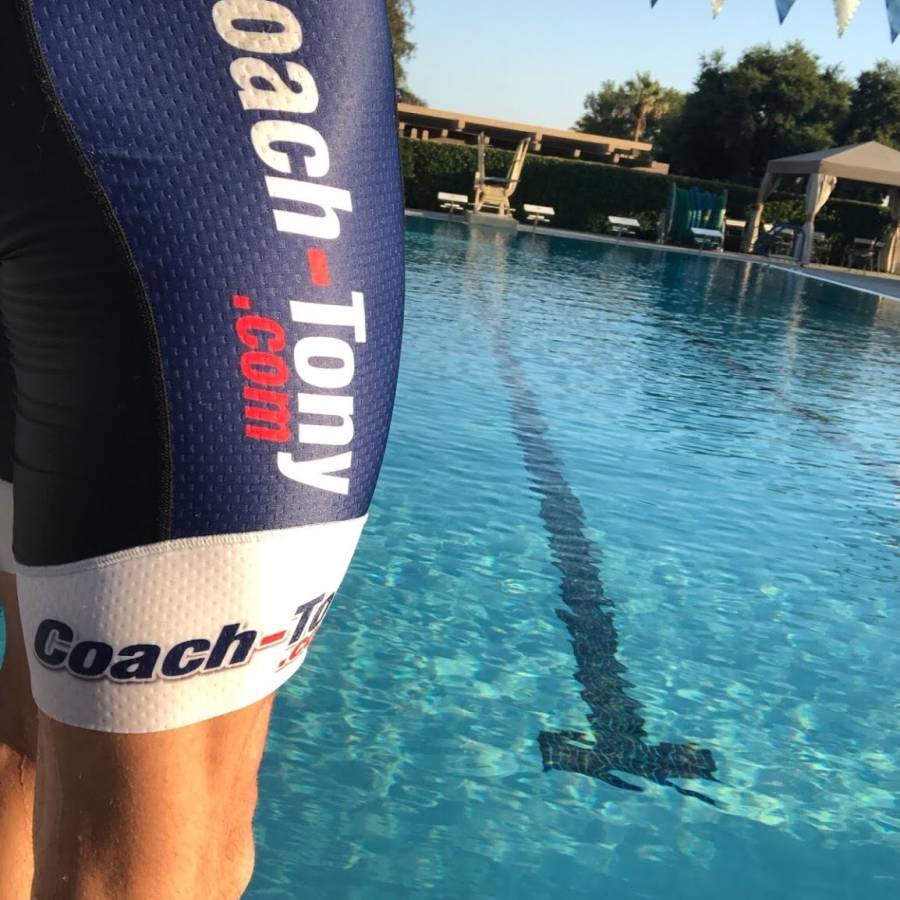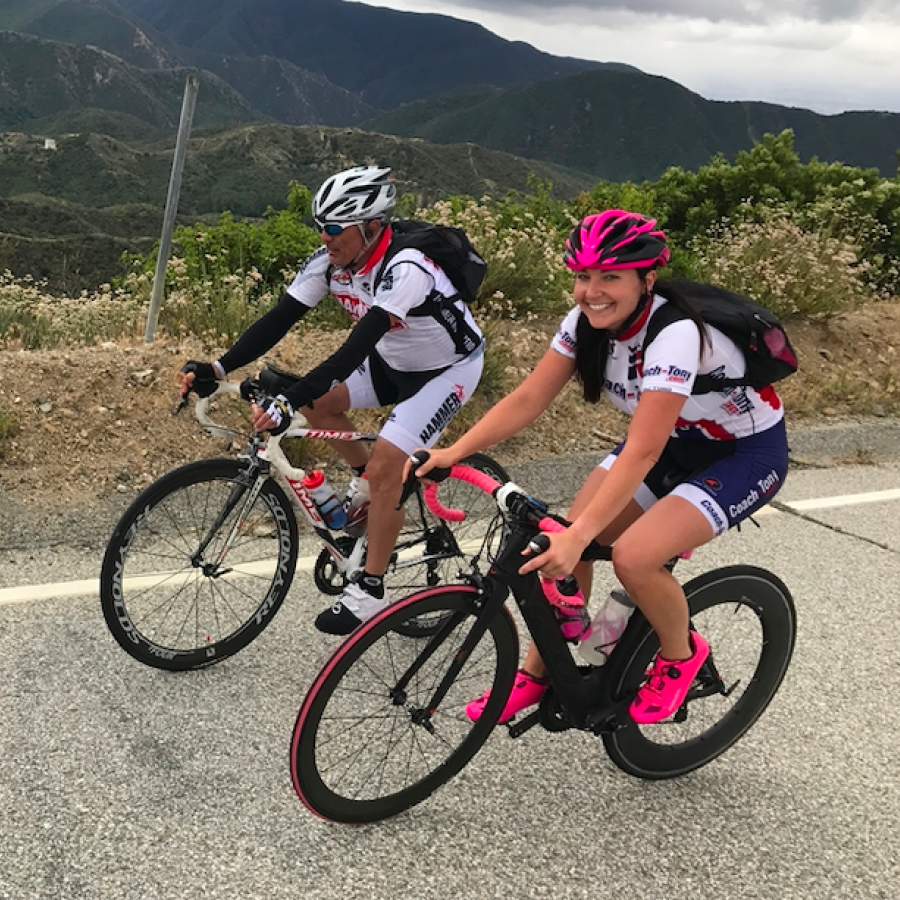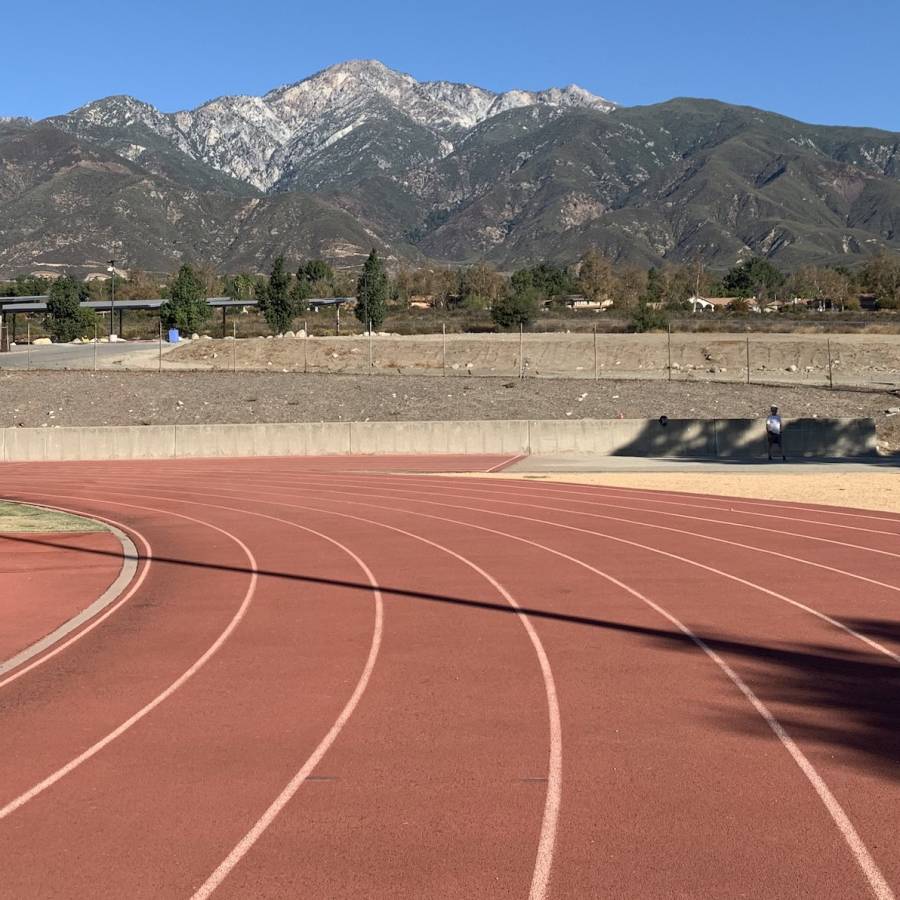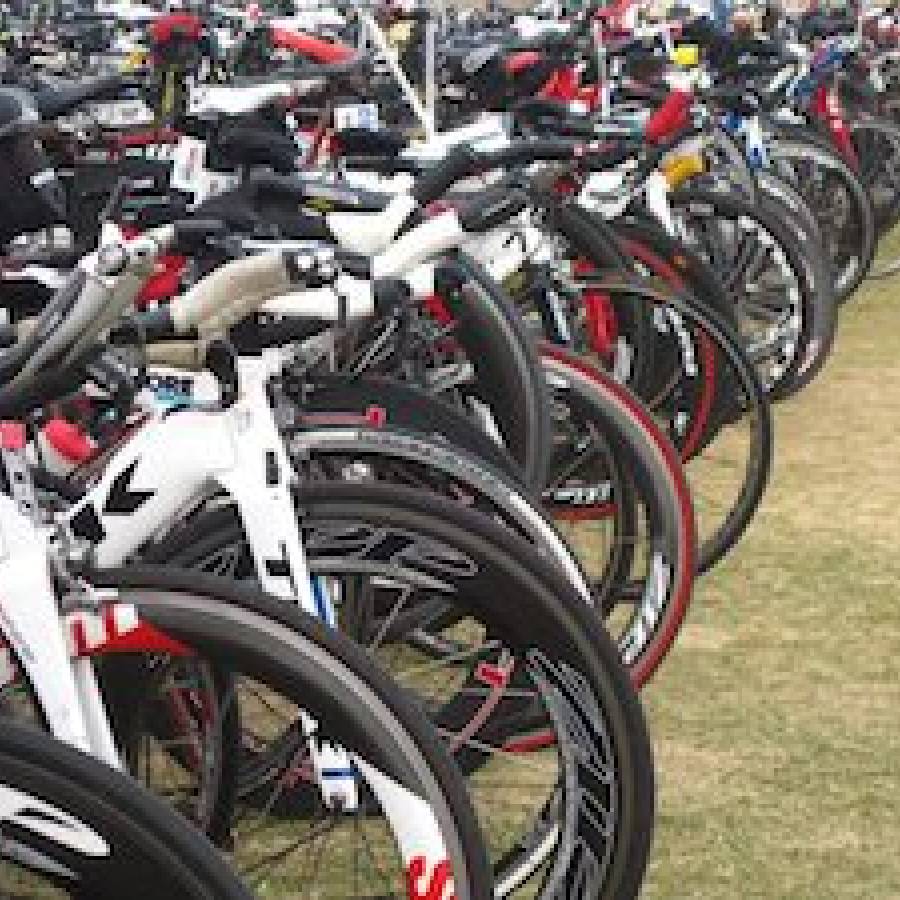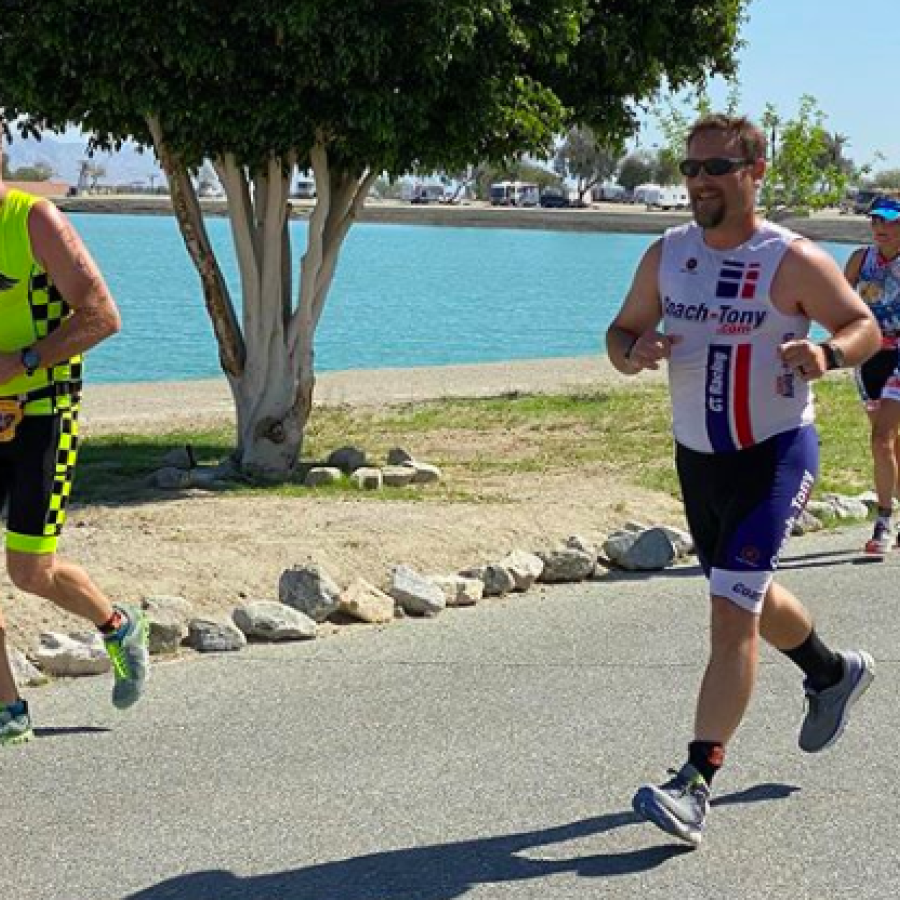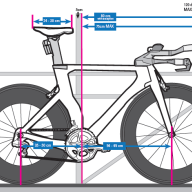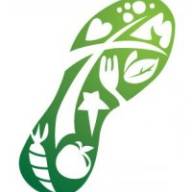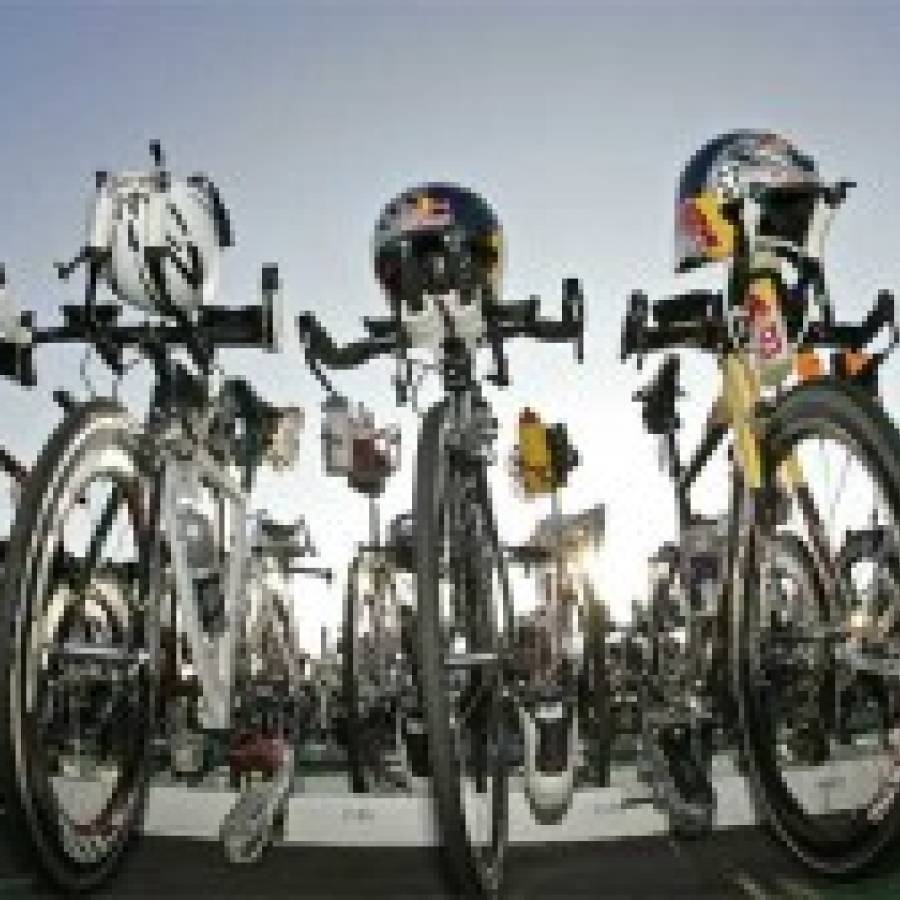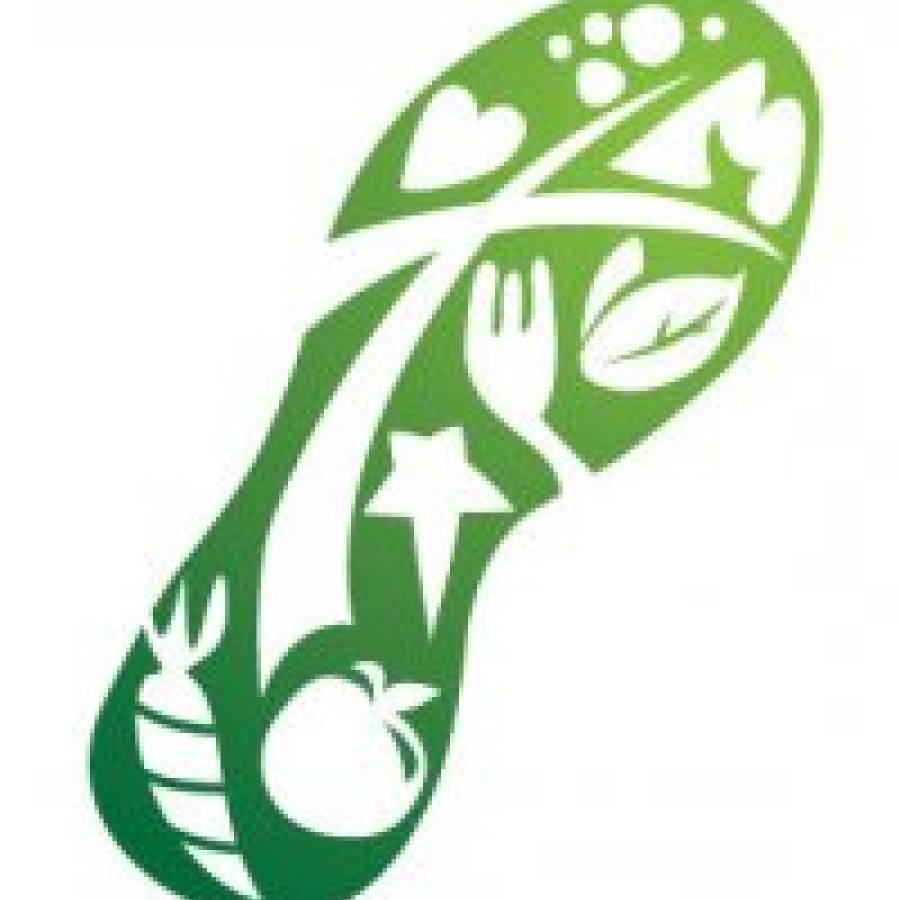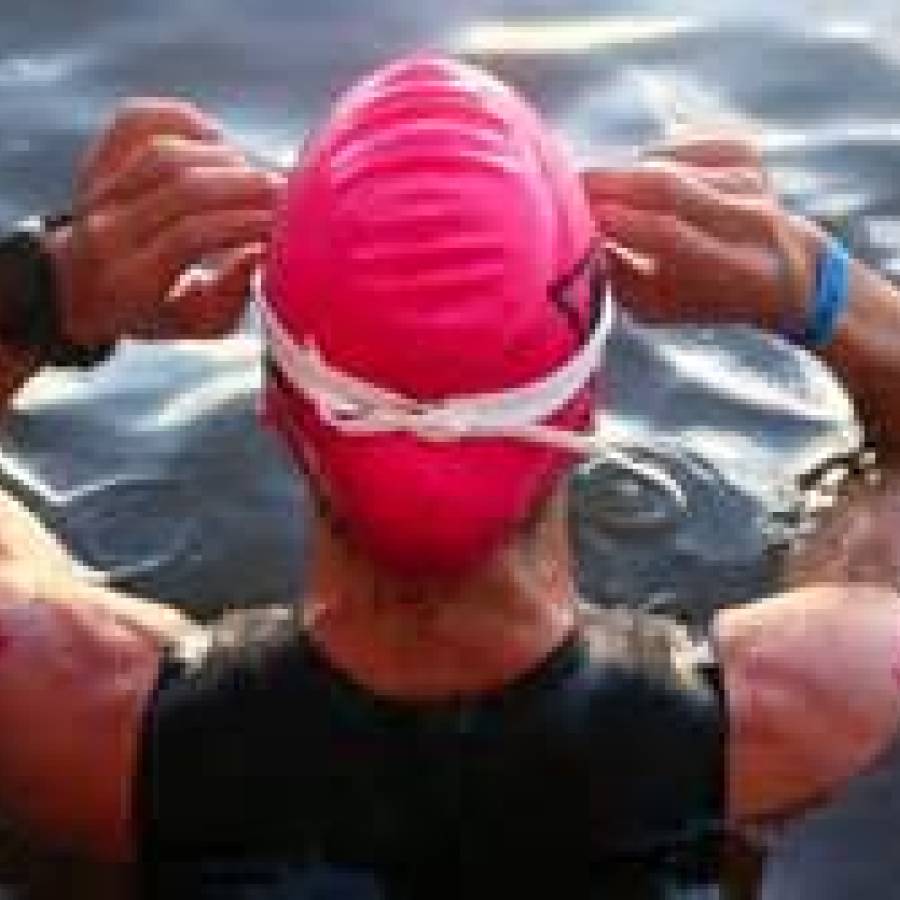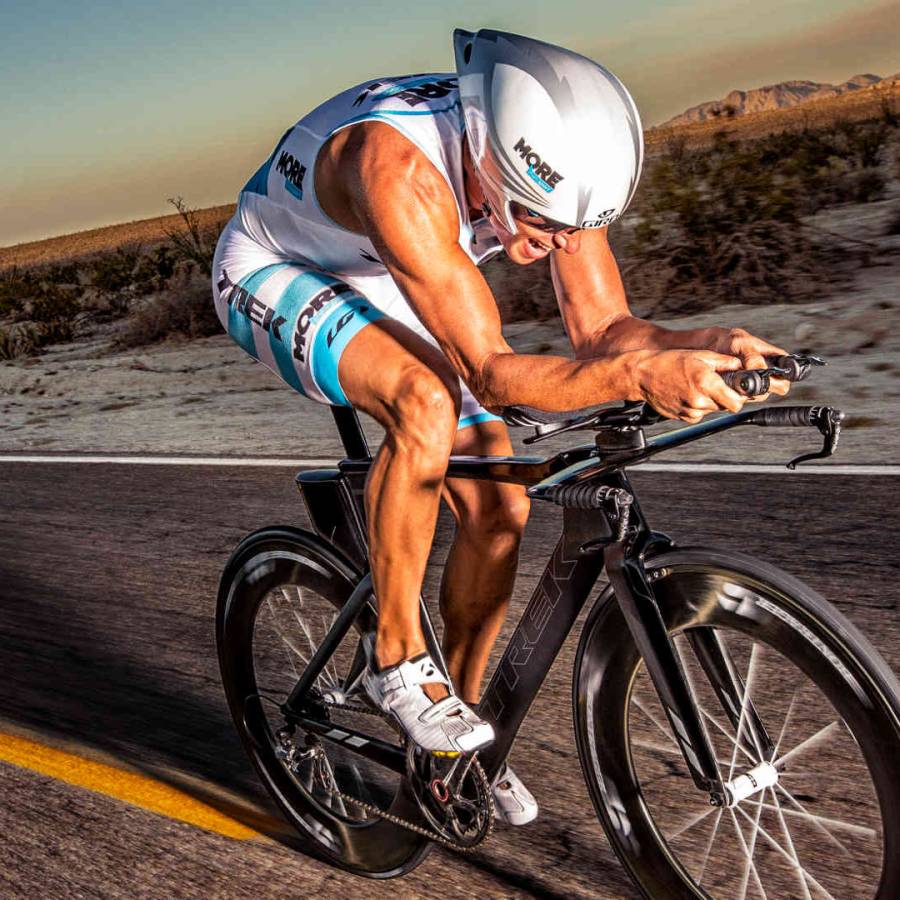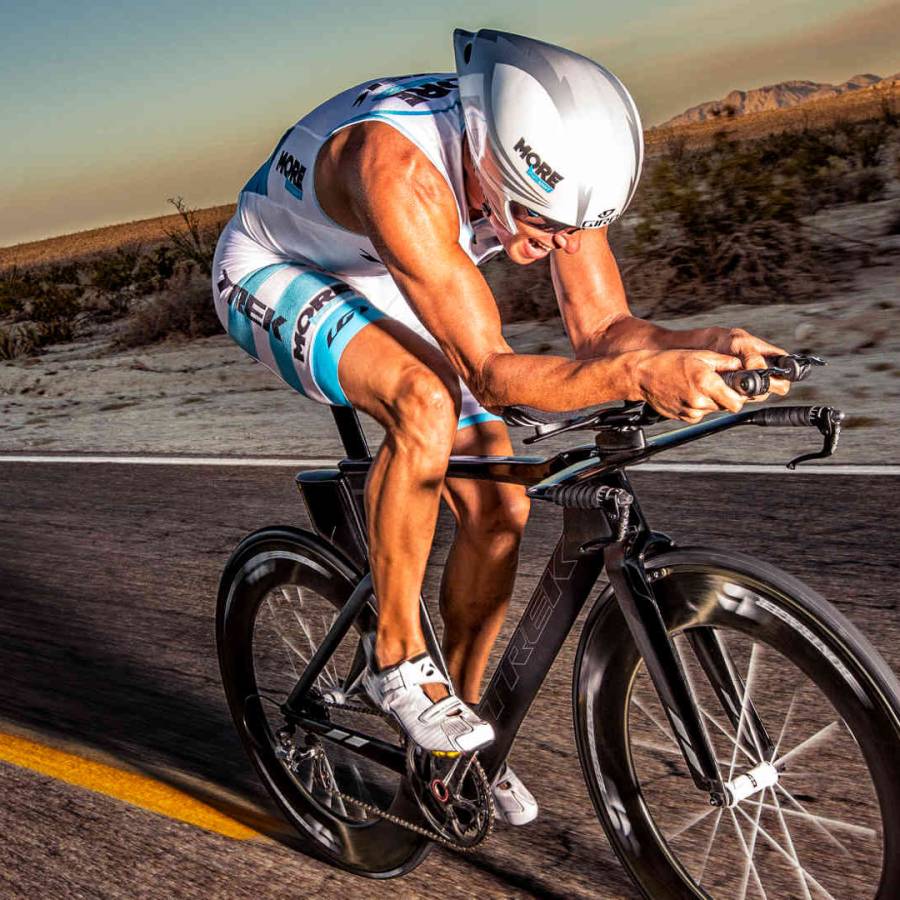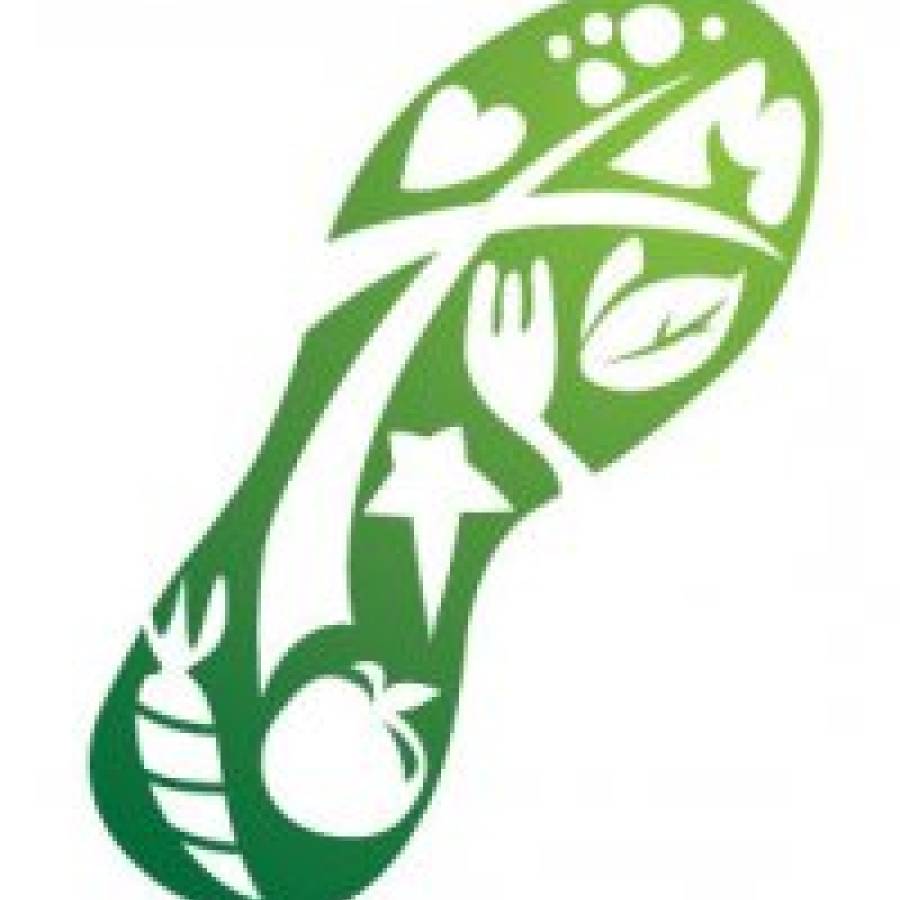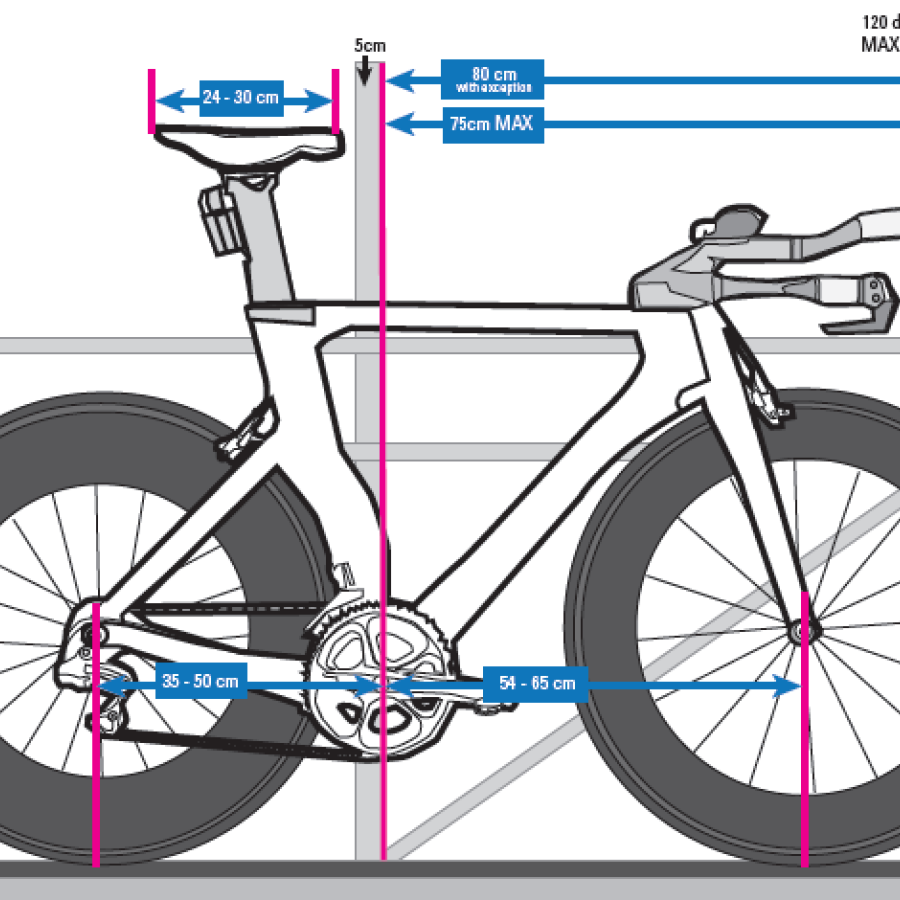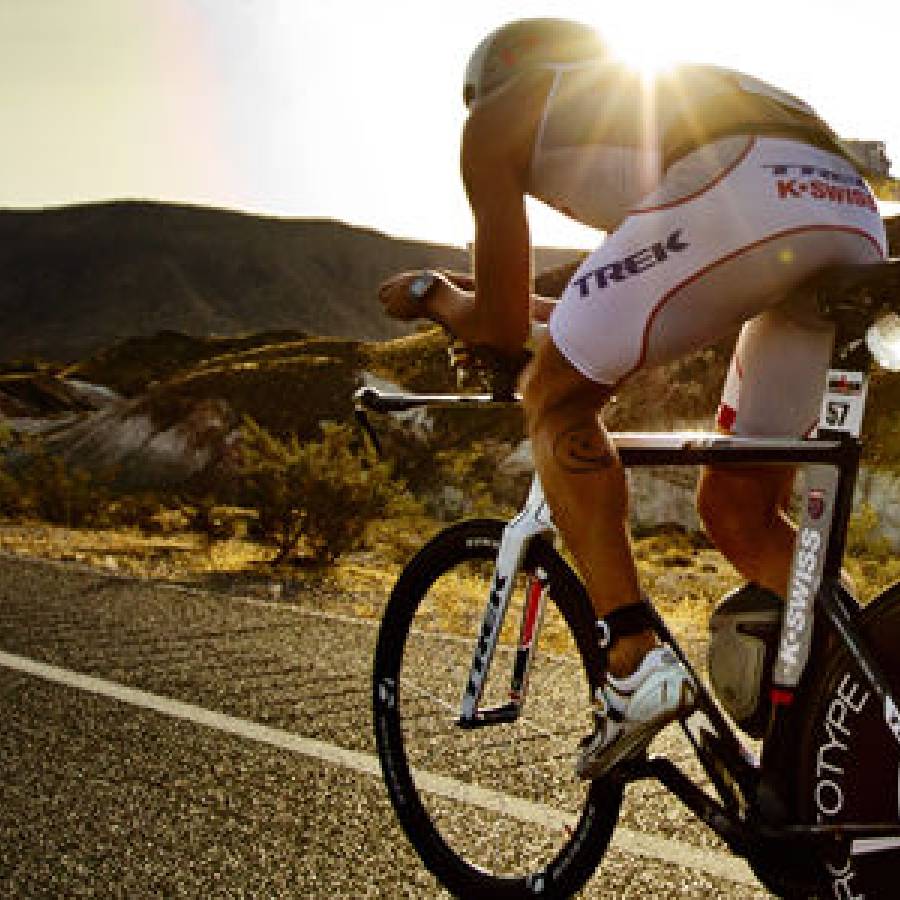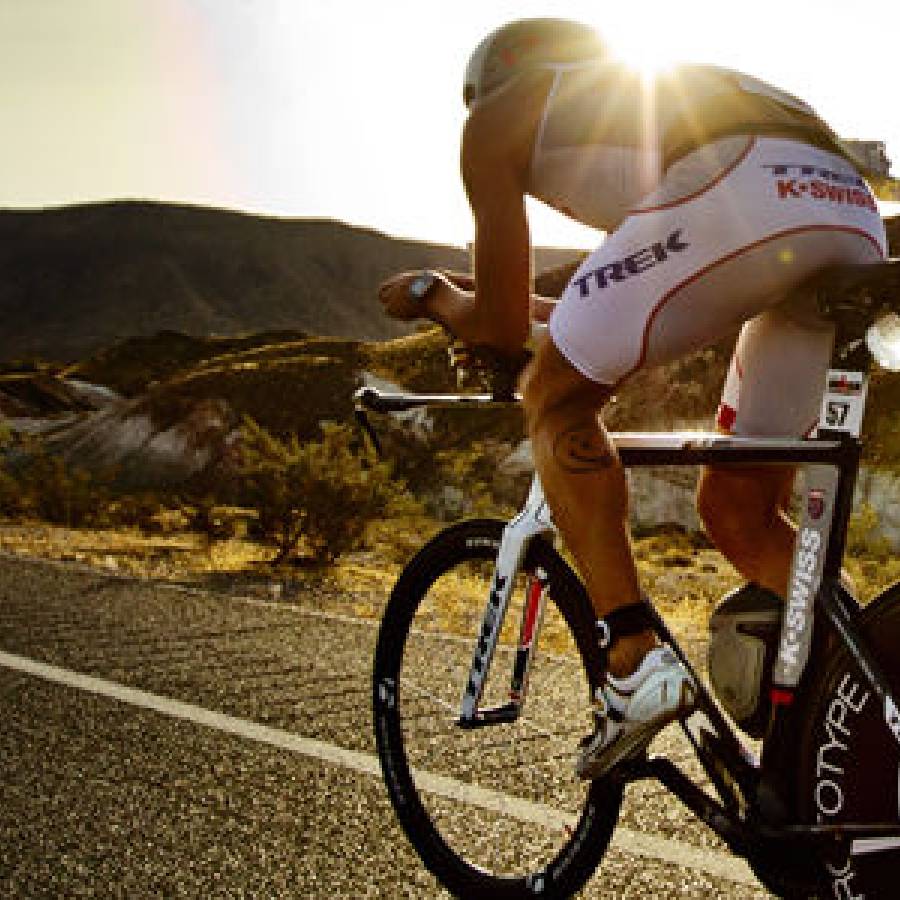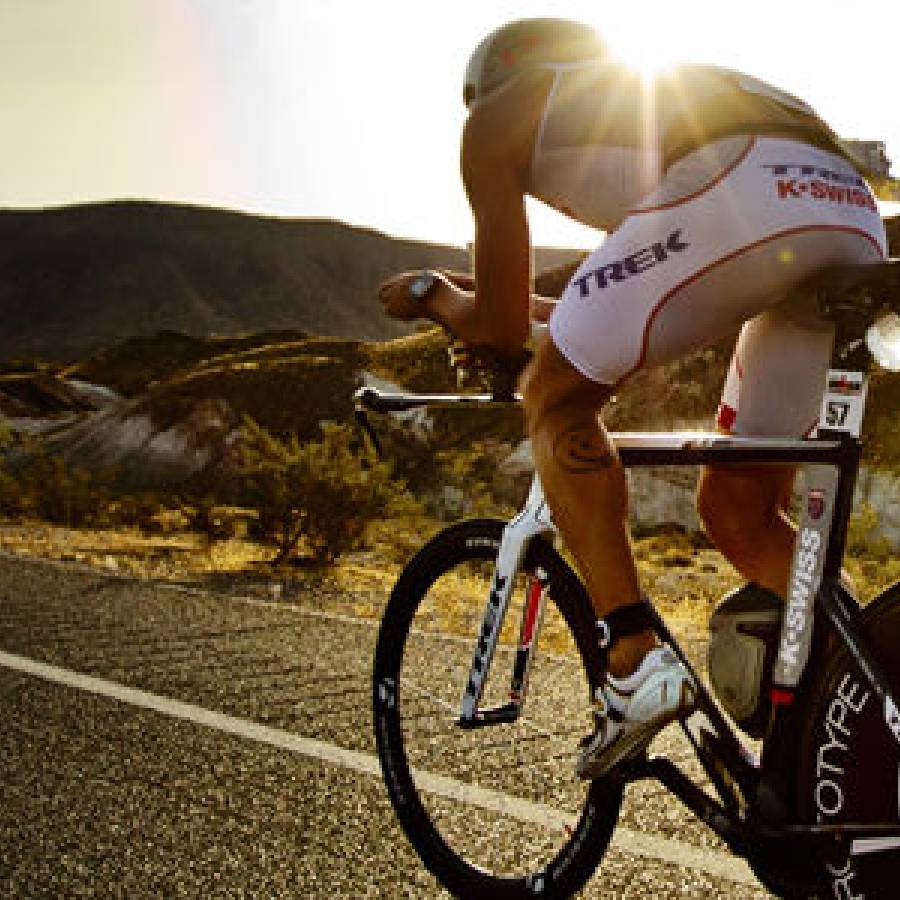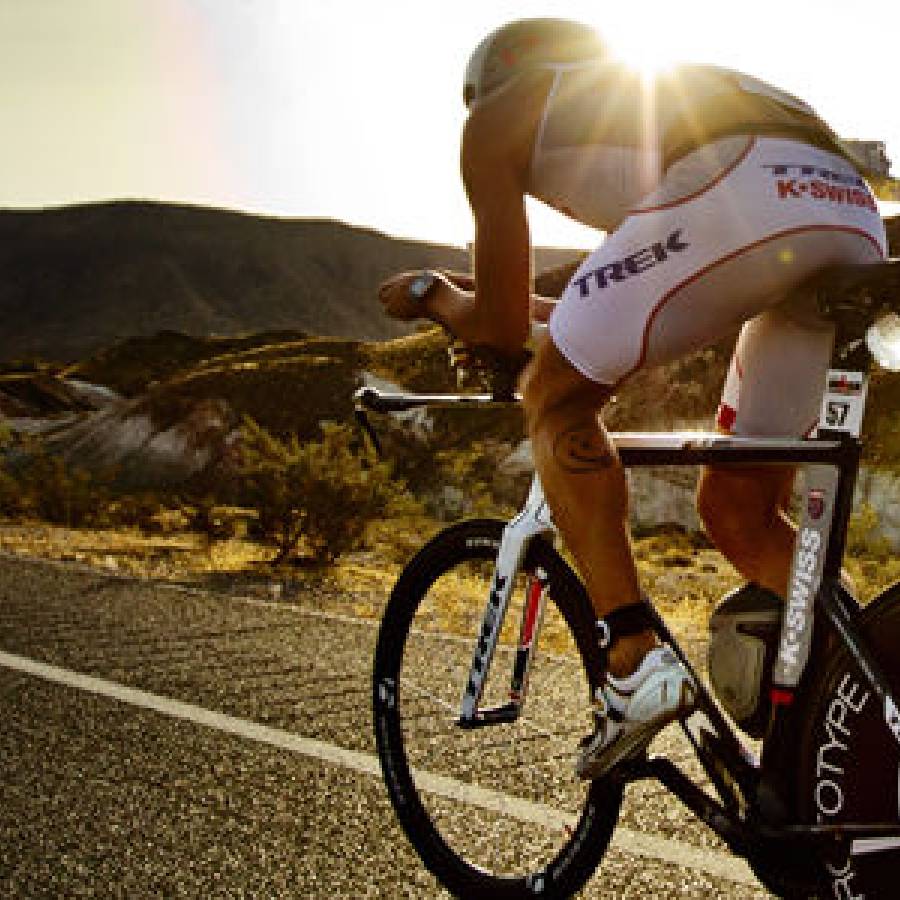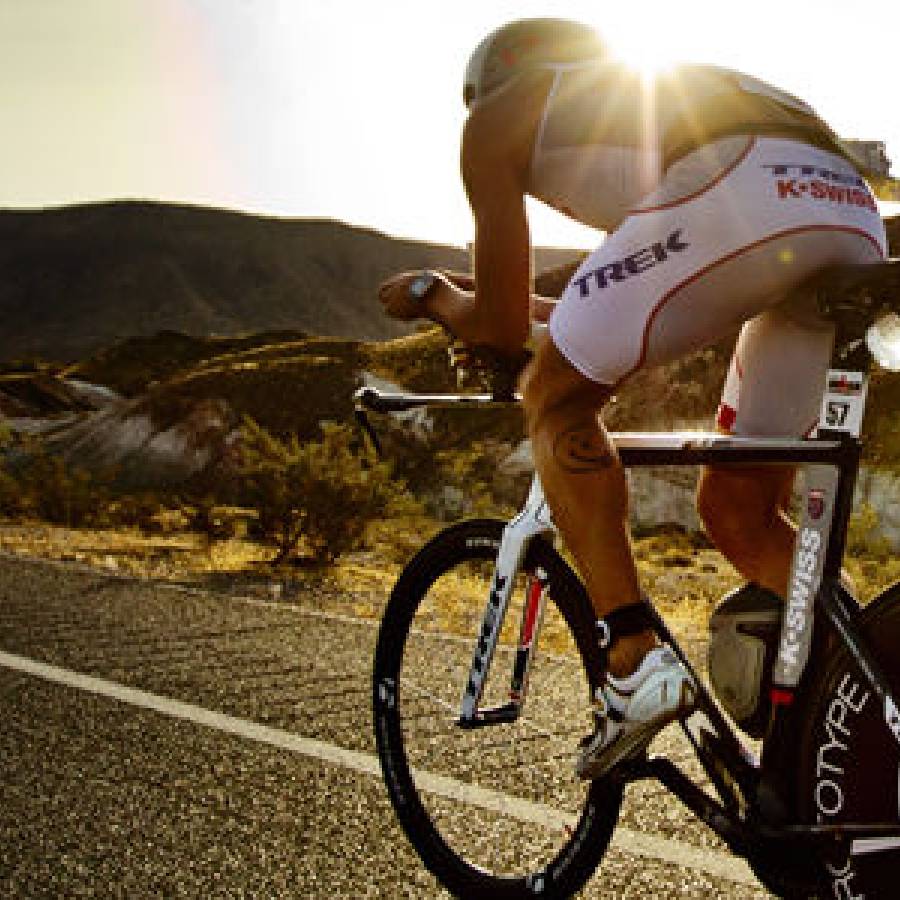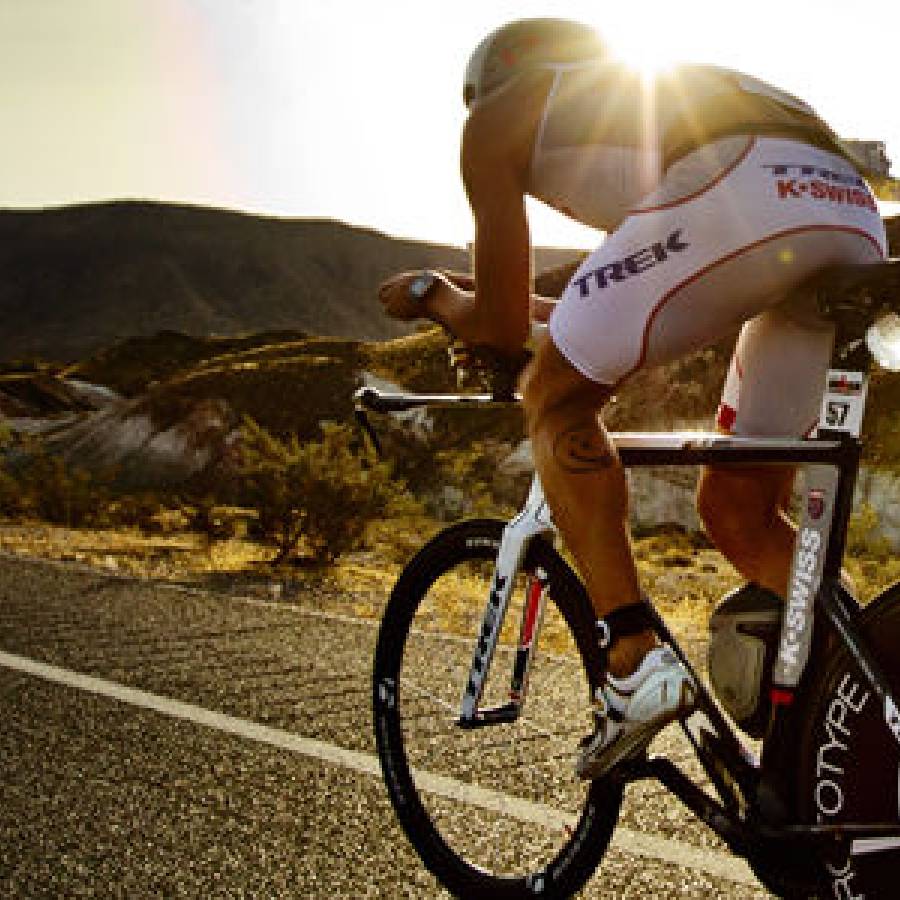
Before the Inland Infernos, the Pasadena Tri Club, Redlands Tri, Tri Connection, etc…there were no tri clubs in the Inland Empire (IE) that I can remember. 20ish years ago aspiring triathletes from the IE had to venture to places like Santa Monica where the concentration of triathletes was more prominent. We would visit the Triathlete Zombies Tri Store and workout with the Tri Zombies Tri Club which later morphed into the LA Tri Club. It was quite a hike just for a workout. Although triathlon was an established sport, it was not as main stream as it is today and certainly not as popular in the IE.
In the last 20 years, we’ve seen an incredible growth in the sport and with it came the insurgence of local tri clubs. Tri Clubs have contributed to the growth so much so they are now recognized as assets by USAT, WTC, retailers, and sponsors. Age groupers make up the majority of vendor markets and clubs are one of the best avenues for vendors to reach their target markets. Its not by accident WTC and other promoters now cater specifically to clubs. Although professional athletes take the spotlight, the sport and the industry is sustained by the sale of tri products and services to the age grouper.
Think of your local tri club in much the same way you would the now extinct local hardware store. Not the Home Depot or Lowes but more like the small Ace or Mom & Pop Hardware Store. You are correct, they don’t exist anymore or are too few and far between. Sam Walmart put an end to the local hardware store by providing goods at prices local hardware stores could not afford. He had the means to change how (or more specifically where) consumers purchased their products. If you haven’t already noticed, the stars are aligned for the same thing to happen to local tri clubs. In the same opportunistic way Sam absorbed smaller store sales, there are larger clubs seeking to do the same. We’ll refer to these as the corporate tri clubs. The era of Corporate Tri Clubs has arrived. Corporate Tri Clubs have many advantages or leverage smaller clubs do not. Corporate Tri Clubs have some type of financial backing allowing them to provide products and/or services at no or little cost to the member. Some Corporate Tri Club have the means to pay for help and even hire coaches for the benefit of their membership. The larger the club the more attractive it is to sponsors, vendors, race directors, and non-profits. Sponsors can reach larger audiences with less effort or cost. Big Tri Clubs know this and like Sam become opportunistic. They will come to town and make promises. “You should become an affiliate.”
It’s difficult to resist. Local Tri clubs are not easy to run, maintain, or sustain. A small group of members, year after year, do much of the work for the greater good of the club. For club leaders, moving to the corporate world supposedly means much of the club management burden like annual fees, recruiting members, attracting sponsorship, and coordinating workouts go away. Finding dependable volunteers is difficult and unreliable. You’re asking a lot and paying nothing. Swag becomes more difficult to obtain, and your members are always looking for the free ticket.
Small tri clubs formed and grew first and foremost for the love of the sport, a sense of community, and camaraderie. Discounts, swag, and other benefits were secondary, an afterthought, included but not a top priority. The sport continues to grow even through questionable economic times. Equipment and technology prices are like taxes, they go up every year. This is and will continue to be an expensive hobby. As a result, today’s athlete is not the same it was in year’s past. Camaraderie via the local club comes at a price and that cost can be the difference between a uniform or not. It’s not surprising today’s athlete is looking for a bargain and prefer shop at Walmart.
This story has both a happy and sad ending. As someone who has seen the sport grow, it’s difficult to see wave of Walmart stores cresting over the horizon heading our way; an unstoppable storm. But on the other hand, we can’t ignore our current environment, cost of the sport, fragile economy. The pendulum is swinging in favor of the corporate club and for good reason; it’s more beneficial to today’s athletes, vendors, and race directors collectively. It’s a sign of the tri times.
So…. how do I write this without sounding bitter? Ummm….. I can’t. I’m emotionally attached to a different era of triathlon. And so are most of my peers leading other clubs; or soon will be. A lot of effort goes into building a hardware store. That aside, I see how Walmart (corporate) is good for the sport. Corporate can reach and serve more people. It makes the sport more affordable. Cities without a club can leverage the existing infrastructure to create an affiliate or chapter with less effort than it takes to start a new club. I get it. I just don’t like it.



